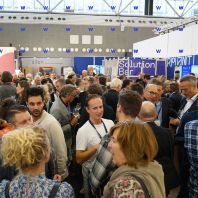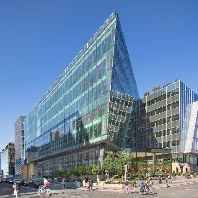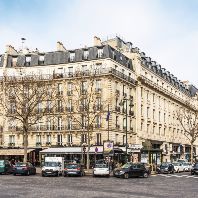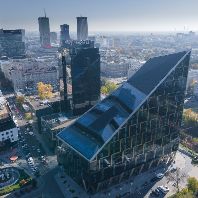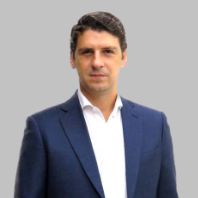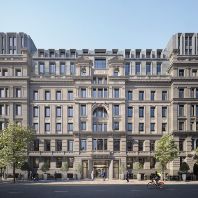The process of green construction and green certification is becoming increasingly relevant. In addition to the already known BREEAM and LEED, Moscow has adopted a new system for blue construction certification DGNB (German Sustainable Building Council)/OEGNI (Austrian Sustainable Building Council), developed by the German Society for Sustainable Construction.
“This new certification system aims to be more than green as is the only one that gives as much importance to the economic aspect of sustainable building as it does to the ecological criteria. The assessments are always based on the entire life cycle of a building. Of course the focus is always also on the wellbeing of the user,” - said Philipp Kaufmann, President of OEGNI Austria.
The class-A office building Leninskiy Prospekt 119 (LP119) has become the first building to be certified under OEGNI/DGNB standard. The office and hotel development is located in a growing business district in southwestern Moscow and is surrounded by numerous parks and gardens. The total construction area of the office is 22,650 m², 15,400 m² of which are offered for lease.
"Historically, the southwestern area of Moscow has been popular among office space tenants and there currently is no other project in Vernadsky Prospekt and Leninsky Prospekt qualitatively comparable to LP119. The distinguishing features of the project are the proximity to a park, the developer's professionalism, high standard of the premises, common areas decoration, as well as availability of OEGNI/DGNB certificate –new standard for blue buildings certification. We believe that availability of this certificate will be appreciated by the complex tenants and will be even more important in the future." – said Irina Kuzlichenkova, Associate, Office Group, Cushman & Wakefield.
OEGNI/DGNB certificate evaluates construction via 50 criteria factors, which are combined into several main groups: environmental quality, economic quality, socio-cultural and functional quality, technical quality, process quality, and location quality.
According to Nicolaus Helletzgruber, Head of Sales & Marketing at Raiffeisen evolution, Moscow, this certification system is more flexible than BREEAM or LEED and the evaluation criteria depend on the type of building to be looked at. The main advantages of this certification system are: the system evaluates the environmental impact of a facility, allows to determine possible project costs at early stages, helps to minimize the risks by making the building planning process more transparent, evaluates the life cycle of a building for 50 years from the date of its development, represents a quality seal of approval for investors, increases the competitiveness of a facility, and takes into account socio-cultural and functional aspects.
In addition, the system is international but it adapts in each specific country to its standards and circumstances. Once a country subsidiary of DGNB (Austria: OEGNI; Switzerland: SGNI, etc.) was founded on basis of reference projects, country specific criteria will be raised and adapted. LEED for example expects all over the world the American standard to be implemented regardless of local requirements.
The fact that the system pays special attention to the life cycle of a building as well as its functional and technical aspects is the fundamental difference from existing certification systems. "Certainly, the availability of such a certificate will contribute to the success of our project since ‘green’ construction is just gaining popularity in Russia and we are among the pioneers in this field." – adds Nicolaus Helletzgruber.
Elena Meleshkina, Project Management, Cushman & Wakefield, stated: “Despite the fact that the system of “blue” DGNB certification is just beginning to get applied in Russia, in the end it may turn out to have a lot more staying power than the already familiar LEED and BREEAM certifications. Unlike the rather unfamiliar American (LEED) and European (BREEAM) certification demands, the DGNB norms have a lot in common with ours. Besides that, majority of DGNB pays attention to analysis of the building’s life cycle and selection of optimal project decisions with a long term view in mind. This may be especially interesting to developers and property owners for evaluation of usage costs of a structure along its entire lifetime.
Overall, the arrival of another eco-sustainability standard on the Russian market is a positive trend. Availability of several certification systems presents a certain degree of selection freedom for the developer and allows to choose the most compatible certification for each specific building structure.”
Source: Cushman & Wakefield

